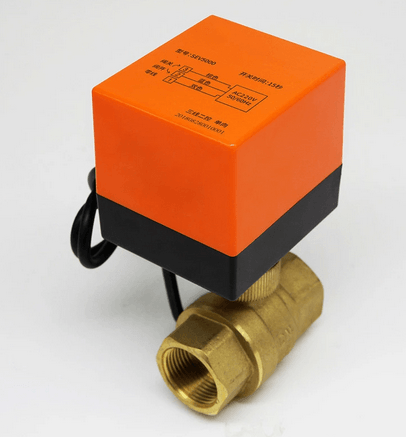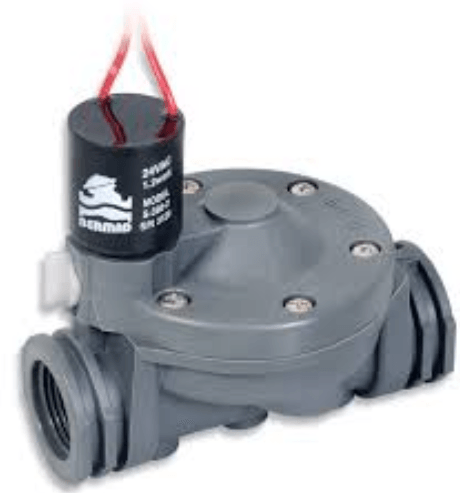Prevention of water leakages
Prevention of water leakages
People can be divided into two categories: those who have experienced flooding and those who are yet to encounter it. Unfortunately, these incidents often occur when we're away from home or during our off-duty days like weekends and holidays. We're here t o introduce a range of solutions, from basic to comprehensive, to address this issue.
Dispersing water sensors or leakage sensors in the relevant places
Nowadays, a variety of water, moisture, and leakage sensors are available on the market at affordable prices.
Generally, the strategy is to place these sensors in areas susceptible to water damage, such as near the washing machine, water purifier, or in the bathroom. In the event of a leak, the sensor triggers an alarm or sends a notification to our phone.
However, this approach has several drawbacks: Typically, these sensors are battery-operated, requiring frequent battery replacements, which can be quite inconvenient if not easily forgotten. Moreover, if a leak is detected while you're overseas, there's not much that can be done. Besides ruining your vacation, the damage is already done, and at best, you can only hope to minimize it.
Electronic valveA more intelligent approach would be to install an electronic valve at the building's main water supply point and ensure it's shut off when the building is unoccupied. This is a significantly superior solution, and we need to explore how it can be automated, eliminating the need to remember to turn off the main valve each time.
One of the most straightforward methods could be to link the command to the alarm system, such that each time we activate the alarm, the electronic valve is also closed. This solution is easy to implement, cost-effective, and reasonably suitable for smaller spaces. However, this method has its limitations. For instance, it wouldn't work if we want to leave the washing machine running while we're away, or if we're on vacation but want the garden watering to continue. Furthermore, this kind of solution is typically not appropriate for offices or larger buildings where there are multiple main water valves that we'd want to shut down simultaneously.
A comprehensive solution to the problem can be achieved through a building management system
like Automata.
Flood prevention with the help of the Automata system
If we're equipped with a smart home system, it's entirely feasible and unrestricted to automate control of the main water supply. This means the water can be turned on and off seamlessly without our intervention.
Even in unique situations where we operate a washing machine before leaving the house, the system ensures that the water supply is shut off once the washing cycle is complete. The same principle applies to garden irrigation. It's possible to set the system such that the water supply is only open during the designated watering period. In the context of offices or industrial buildings, the system can be programmed to close the main water supply only after the last individual has exited the premises.
In public structures and locations where maintenance personnel aren't consistently available, particularly over the weekend, the main water valve can also be shut off via an app or a central control system until a maintenance worker is on-site. For instance, if a leak in the restroom is reported on a Friday, it can be addressed on Monday, potentially resulting in significant cost savings.
Electric faucets can be broadly classified into two types, each with its own set of characteristics and suitability for public buildings or private homes.
The first type is the "solenoid" faucets, commonly found in garden irrigation systems. Their primary advantage lies in their affordability and widespread availability, with these faucets being readily available in most garden supply stores. However, a significant drawback is that during a power outage, the water flow is also interrupted as these faucets only operate when there's electricity.
The second type is motorized electric faucets, which function like a standard faucet. Instead of manually turning the faucet on or off, a small motor installed within the faucet handles this task electrically. For new installations, it's recommended to opt for these faucets due to their high reliability and efficiency. The main limitation is that these faucets cannot be controlled via an alarm system command. However, a smart home system, such as an automation system, can easily and simply manage an unlimited number of these faucets. If necessary, the automation system can automatically disconnect and connect the water faucet without our knowledge, and also allow full control over the water connection and disconnection through an app or a computerized control center, if required.
In conclusion, it's possible to prevent flooding at home and at work by installing an appropriate electric faucet and ensuring it's connected to a smart building system like Automata. This can save us a lot of trouble and money, and we might even get a discount on insurance costs.


for further explanation, contact us










